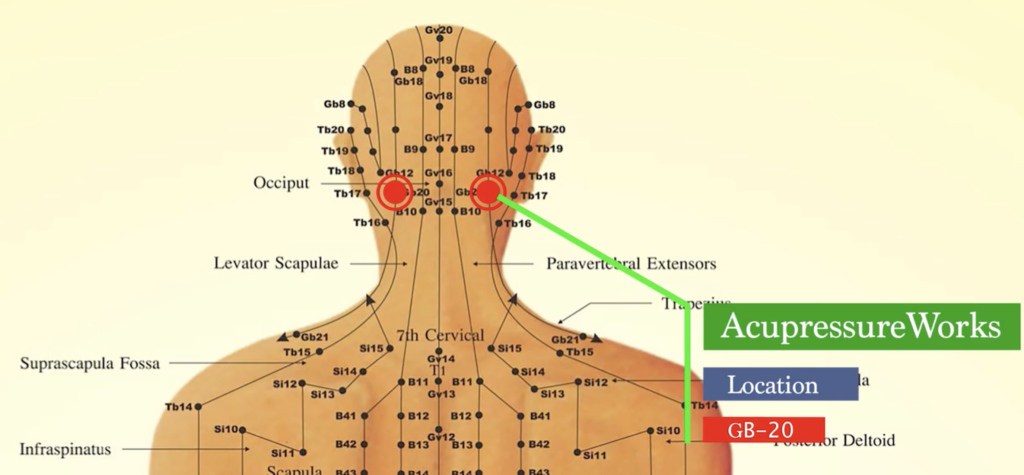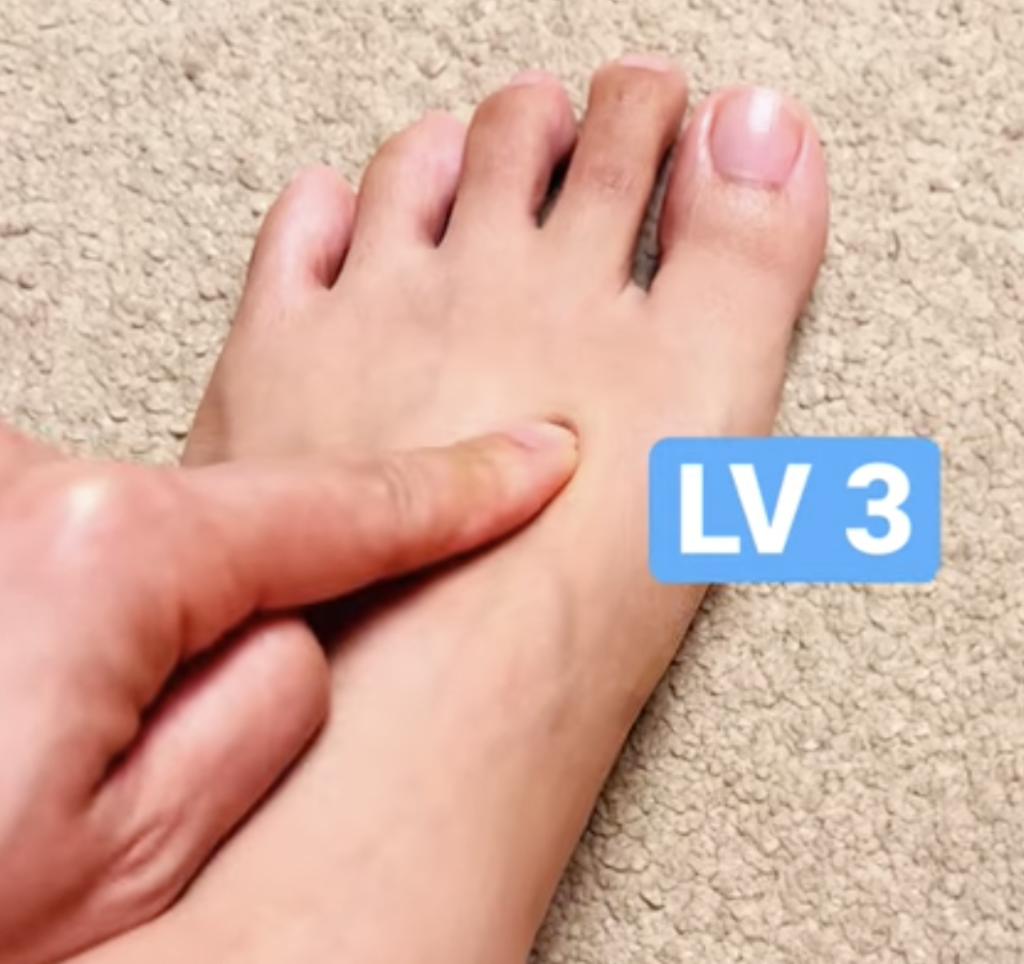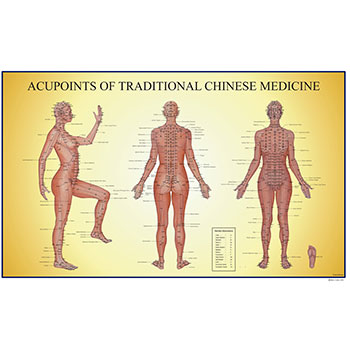High blood pressure, also known as hypertension, is a pervasive health concern affecting millions of people globally. While conventional treatments such as medication and lifestyle adjustments are fundamental in managing this condition, the world of alternative and complementary approaches holds promise in the battle against hypertension. In this post, I’ll show you five primary acupressure points that offer a potential natural solution for lowering blood pressure. We’ll also tell you which additional points that can be used for the 5 types of High Blood Pressure according to Oriental Medicine.

The key to successful acupressure is to press on the points until the aching sensation diminishes and you feel the muscles and nerves easing. Before beginning, it’s advisable to take your blood pressure reading. After applying pressure, wait 30 minutes and then retake your blood pressure. This is when you typically witness the optimal results of acupressure for helping with high blood pressure. The combination of acupressure and monitoring your blood pressure at this stage can lead to significant health benefits. Normally you will see a significant reduction in blood pressure before and after acupressure.
To achieve successful acupressure, apply enough pressure to elicit a comfortable achy sensation, avoiding pain. Continue pressing, whether using acupressure balls or fingers, until the achy sensation gradually subsides. Before commencing your acupressure routine, it’s a good practice to record your initial blood pressure reading. Following the acupressure session, allow 30 minutes to pass before measuring your blood pressure once more. This 30-minute interval is typically when you’ll experience the most favorable outcomes from acupressure in managing high blood pressure. The combination of acupressure and blood pressure monitoring during this period can lead to notable health benefits.
Five Key Acupressure Points
1. Li-11 (Large Intestine 11
- Location: Li-11 is situated on the outer end of the elbow crease, at the lateral aspect of the upper forearm.
- Significance: This acupoint is associated with the Large Intestine meridian and is known to have a strong influence on the regulation of blood pressure. It is believed to help in the dispersion of excess heat in the body, thus aiding in blood pressure control.

2. St-36 (Stomach 36)
- Location: St-36 is located on the front of the lower leg, about four finger widths below the kneecap, in the depression just outside the shinbone.
- Significance: St-36 is a vital acupoint associated with the Stomach meridian. It is considered one of the most important acupoints for promoting overall health. In the context of blood pressure regulation, it can help strengthen the body’s energy and alleviate stress, which can contribute to improved cardiovascular health



3. Gb-20 (Gallbladder 20}
- Location: Gb-20 can be found at the base of the skull, in the hollows between the two large neck muscles, just at the base of the skull.
- Significance: Gb-20 is a key acupoint linked to the Gallbladder meridian. It is believed to have a calming effect on the nervous system and can help reduce stress and tension, factors that can contribute to high blood pressure.



4. Lv-3 (Liver 3)
- Location: Lv-3 is situated on the top of the foot, in the depression between the first and second toes.
- Significance: This acupoint is associated with the Liver meridian and is known to help in the circulation of qi (vital energy) throughout the body. By promoting the smooth flow of energy, Lv-3 may assist in regulating blood pressure.

5: Li-4 (Large Intestine 4)
- Location: Li-4 is located in the webbing between the thumb and the index finger, at the highest point of the muscle when the thumb and index finger are brought close together.
- Significance: Li-4 is a powerful acupoint that can help in relieving stress and tension. It is one of “The four Gates” It is associated with the Large Intestine meridian and is believed to have a calming effect on the body, potentially aiding in blood pressure reduction.

Effectiveness in Regulating Blood Pressure
These acupoints have been widely recognized in traditional Oriental medicine for their potential effectiveness in regulating blood pressure. By targeting these specific acupressure points you will experience reduced stress, improved circulation, and better overall energy flow in the body. It’s important to note that while acupressure can be a valuable complement to conventional medical treatments for hypertension, it should not replace medical advice or prescribed
Reasons of High Blood Pressure according to Oriental Medicine
1) Excess Hypertension
Excess hypertension is characterized by an excess of Qi (energy) or Blood in the body. This type of hypertension may be caused by factors such as stress, overeating, or a sedentary lifestyle. Acupressure points can help balance excess hypertension by releasing stagnation and promoting the smooth flow of energy and blood. Points such as LI4 and SP6 can be stimulated to reduce excess and relieve symptoms.
2) Deficiency Hypertension
Deficiency hypertension results from a deficiency of Qi or Blood in the body. It may be linked to a weak constitution, chronic illness, or poor diet. Acupressure for deficiency hypertension aims to tonify and nourish the deficient elements. Points like ST36 and SP3 can be used to boost Qi and Blood and strengthen the body.
3) Phlegm-Related Hypertension
In Oriental medicine, hypertension associated with phlegm often results from a poor diet, overconsumption of dairy products, or excessive mucus production. Acupressure can help resolve phlegm-related hypertension by addressing phlegm stagnation. Points like CV12 and ST40 can be used to disperse phlegm and improve circulation.
4) Weakness of Kidney and Liver Hypertension
Weakness in the Kidney and Liver systems can contribute to hypertension. This type is often associated with aging and may manifest as a deficiency of Yin or Yang. Acupressure points like K-3 – and LV-3 can be stimulated to nourish and support the Kidney and Liver systems, thus helping to regulate blood pressure.
5) Extreme Excess of Liver Hypertension
Extreme excess of Liver energy can lead to hypertension, often associated with emotional stress, anger, or frustration. Acupressure for this type of hypertension aims to soothe and regulate the Liver energy. Points like PC6 and LV-14 can be stimulated to calm the Liver and reduce emotional tension.
Get your Acupoints of TCM Charts here:


